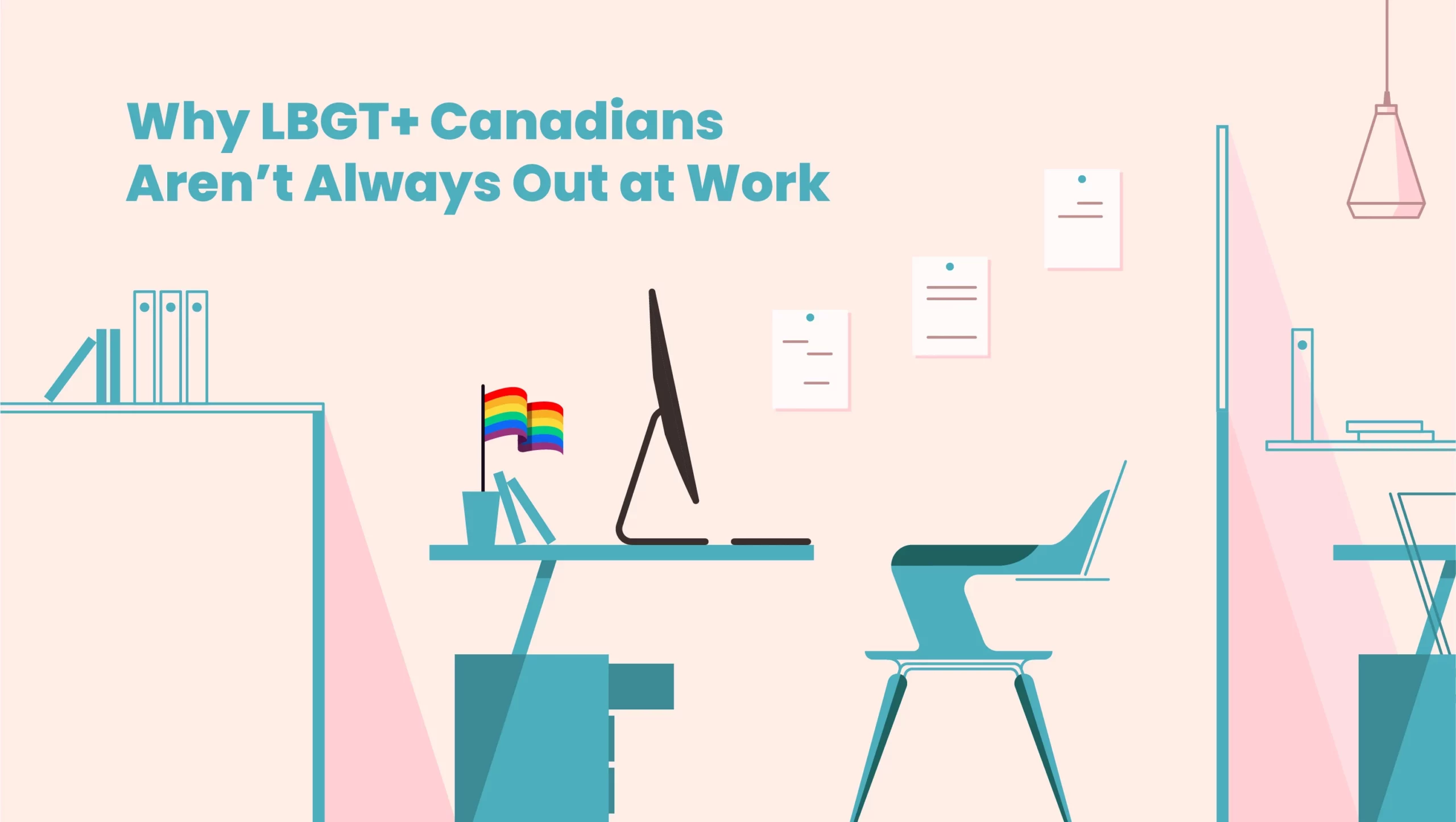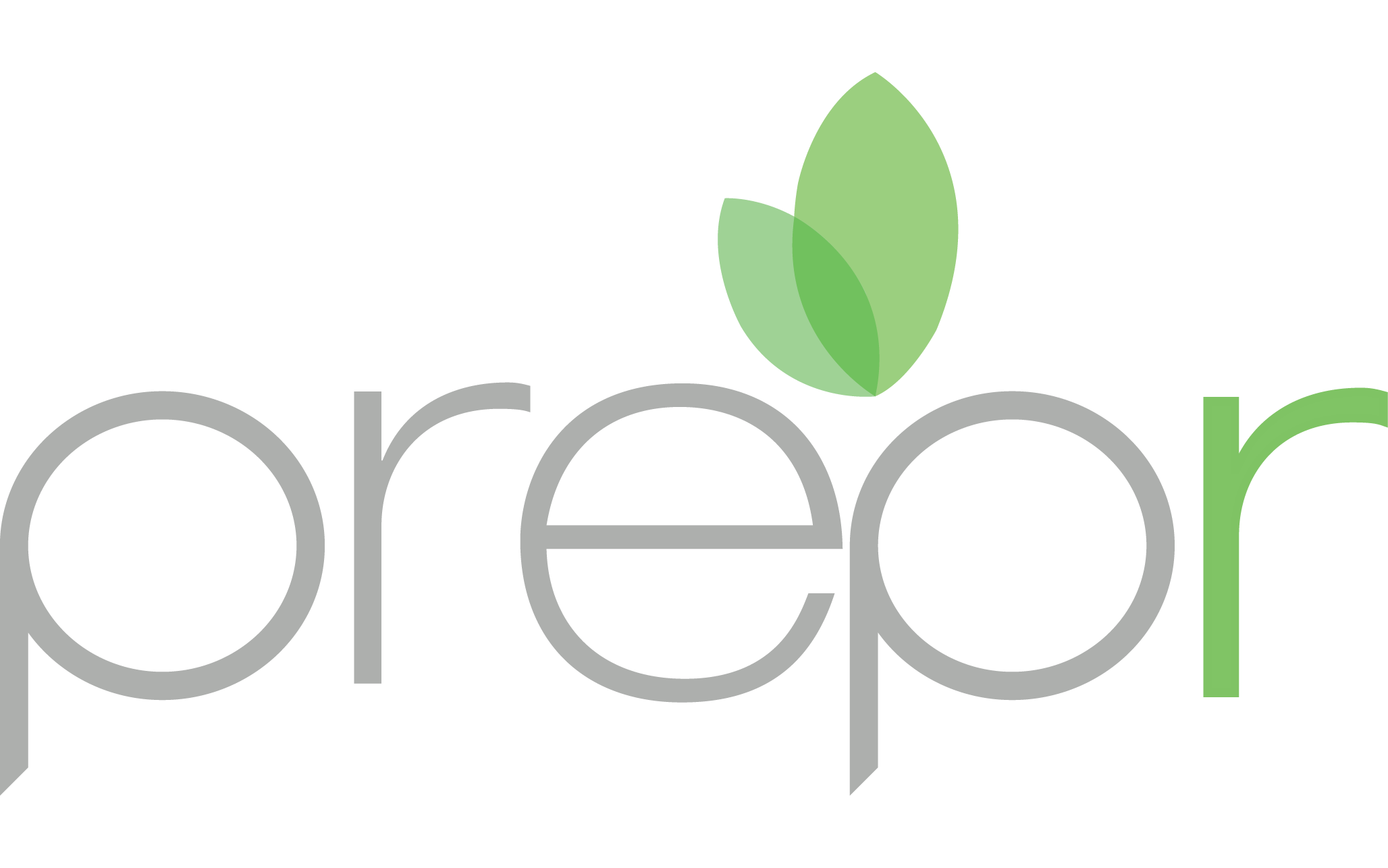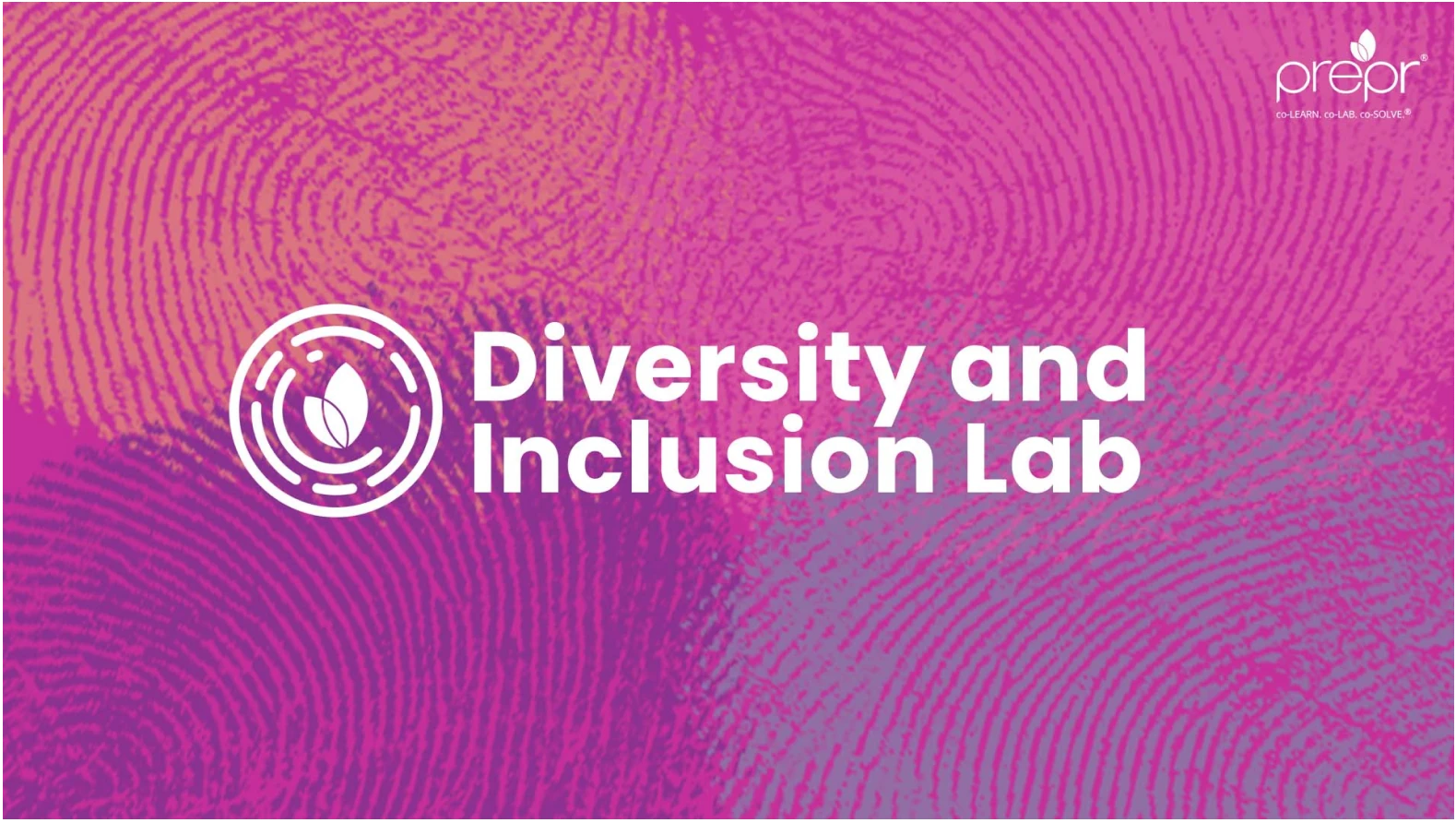
16 Jun Why LBGT+ Canadians Aren’t Always Out at Work
Diversity and inclusion in the workplace drive performance, innovation, and creativity. Often, for members of the LGBT+ community, inclusion is just as much about safety as it is about feeling welcome. The barriers that bar LGBT+ individuals from reaching the same levels of success as their counterparts also tend to keep them ‘invisible’. Not all LGBT+ individuals will choose to disclose their sexual orientation or gender and it isn’t appropriate for an employer to ask, so how does an organization go about measuring their diversity? And how can an organization work to have better LBGT+ inclusion?
According to the Canadian Centre for Diversity and Inclusion, only 7% of senior leaders identify as LGBTQ2sQ+. This indicates that there are significant barriers preventing either the success or the openness of LGBT+ individuals in the workplace. In a 2019 survey, also conducted by the Canadian Centre for Diversity and Inclusion, the representation of LGBTQ2S+ community members on boards in Canada dropped from 1.6% in 2017 to 1.3% in 2018. LGBT+ representation in leadership is clearly falling behind.
A big part of LGBT+ inclusion is creating a company culture where everyone feels safe and welcome. This can be particularly difficult for mult-national corporations, where homosexuality and LGBT+ identities are viewed differently across their network. This can’t be ignored as organizations look to build their diversity and improve their inclusion. These companies need to find a way to lobby for equality in their workplaces without putting anyone at risk of either persecution or abuse.
One of the largest barriers to free and honest LGBT+ inclusion is the convergence of legal and organisational environments with the personal beliefs, opinions, and biases of team members. This convergence creates the perfect environment for deadlock – a complete halt of progress.
There are, however, many ways that organisations can tackle this deadlock and work to improve their inclusion and increase their diversity. They can conduct risk and opportunity assessments – understanding how and where their organisation can improve. They can set consistent global policy with local implementation strategies. Organizations should also engage with LGBT+ advocates and allies at all levels and build long term strategies for career development. And, importantly, organizations should be measuring and celebrating success.
LGBT+ diversity and inclusion can be difficult to address, but by appropriately doing so organizations create an environment where talent, creativity, and innovation are better able to thrive. Diverse thought brings better problem solving and so retaining and attracting team members from all communities is incredibly important. By removing barriers to inclusion wherever possible, and by creating a workplace culture that welcomes and celebrates all team members, organizations are creating a better present and future for their business and for the world as a whole.
Looking to build a better team culture?
Challenge barriers and eliminate bias with hands-on, collaborative learning. Get started with the Diversity & Inclusion Lab today.

